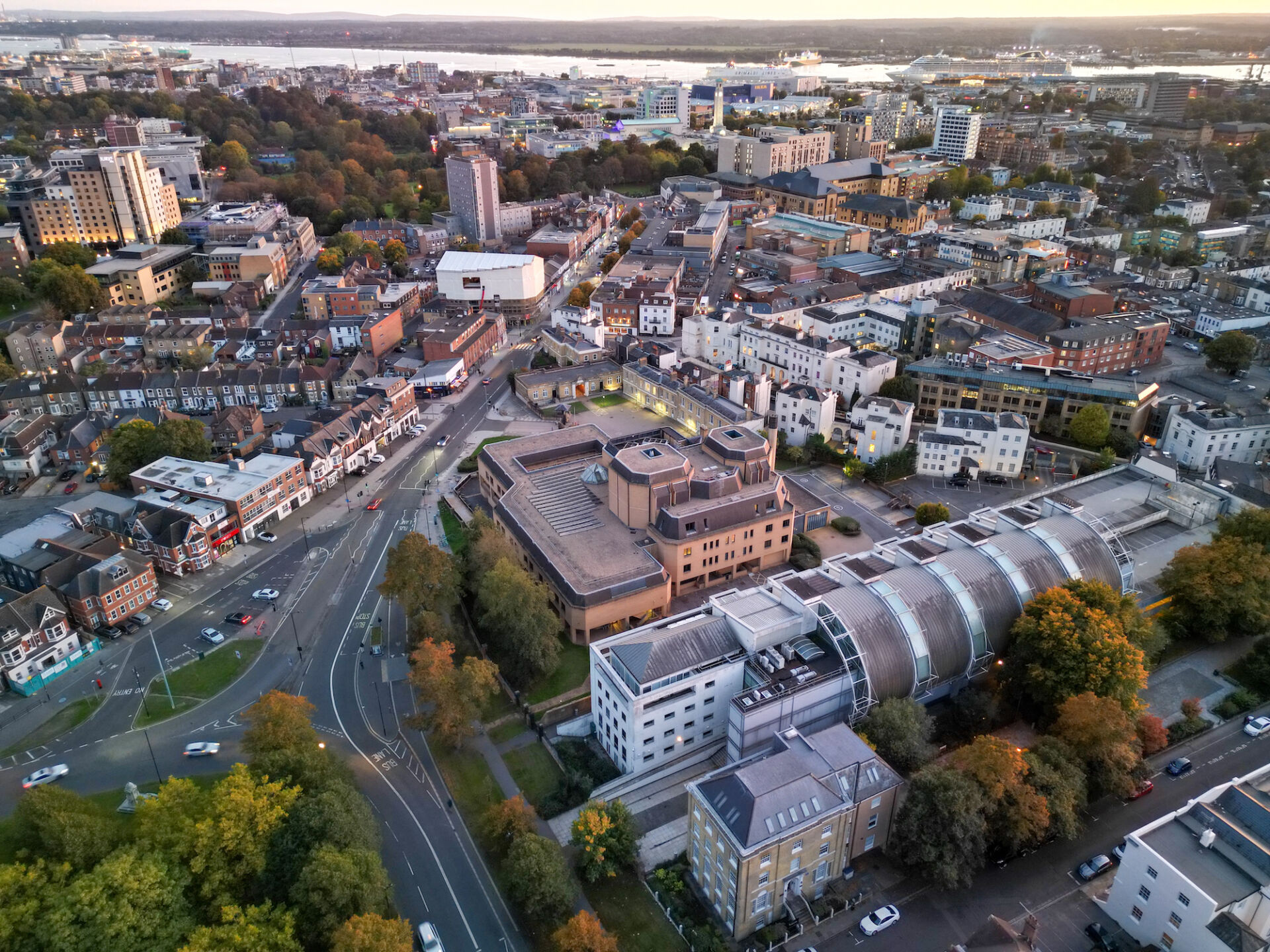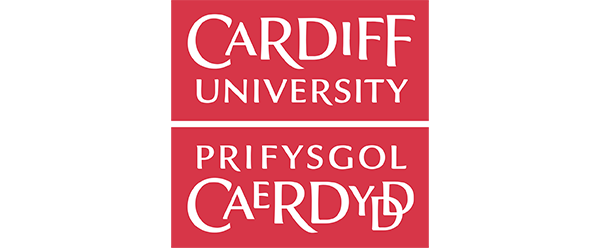Biofilms in the Built Environment Sector
Prevention and management of biofilms in the built environment (where people work and carry out leisure pursuits) is critical to provide microbiological safety for employees, the public and the provision of safe goods and services. The control of biofilms in the built environment is at least as important if not more so than the control of biofilms in the home. Since the Covid-19 pandemic we have seen the level of hygiene normally observed in hospitals and other healthcare facilities becoming standard in other areas such as schools, offices and public spaces – fuelling the antimicrobial cleaning market.
Recently, there has been a drive for developing surfaces resistant to microbial colonisation and contamination to prevent microorganisms building up between cleans and forming biofilms. The antimicrobial property of surfaces can be accomplished by adding a coating or infusing materials such as silver into the surface.
While much of the built environment sector focusses on preventing and managing biofilms, there is an increasing level of interest in engineering biofilms within this sector, for example developing novel biofilm technologies such as self-healing concrete which can be utilised in the built environment.
Explainer Videos
Video by Millie Crawford
Video by Shaska Nicholson
Join Our Community
Join us in our mission to tackle and catalyse innovation in biofilms.

















